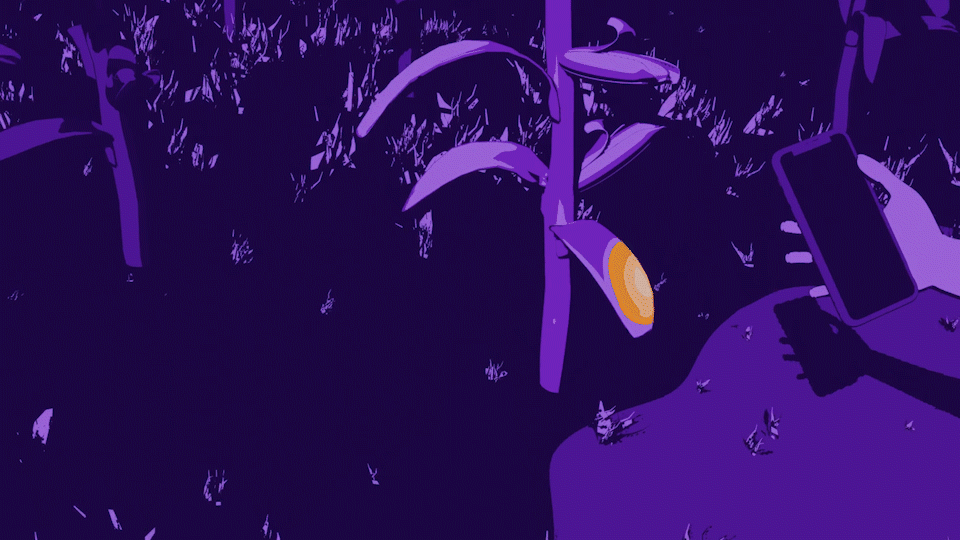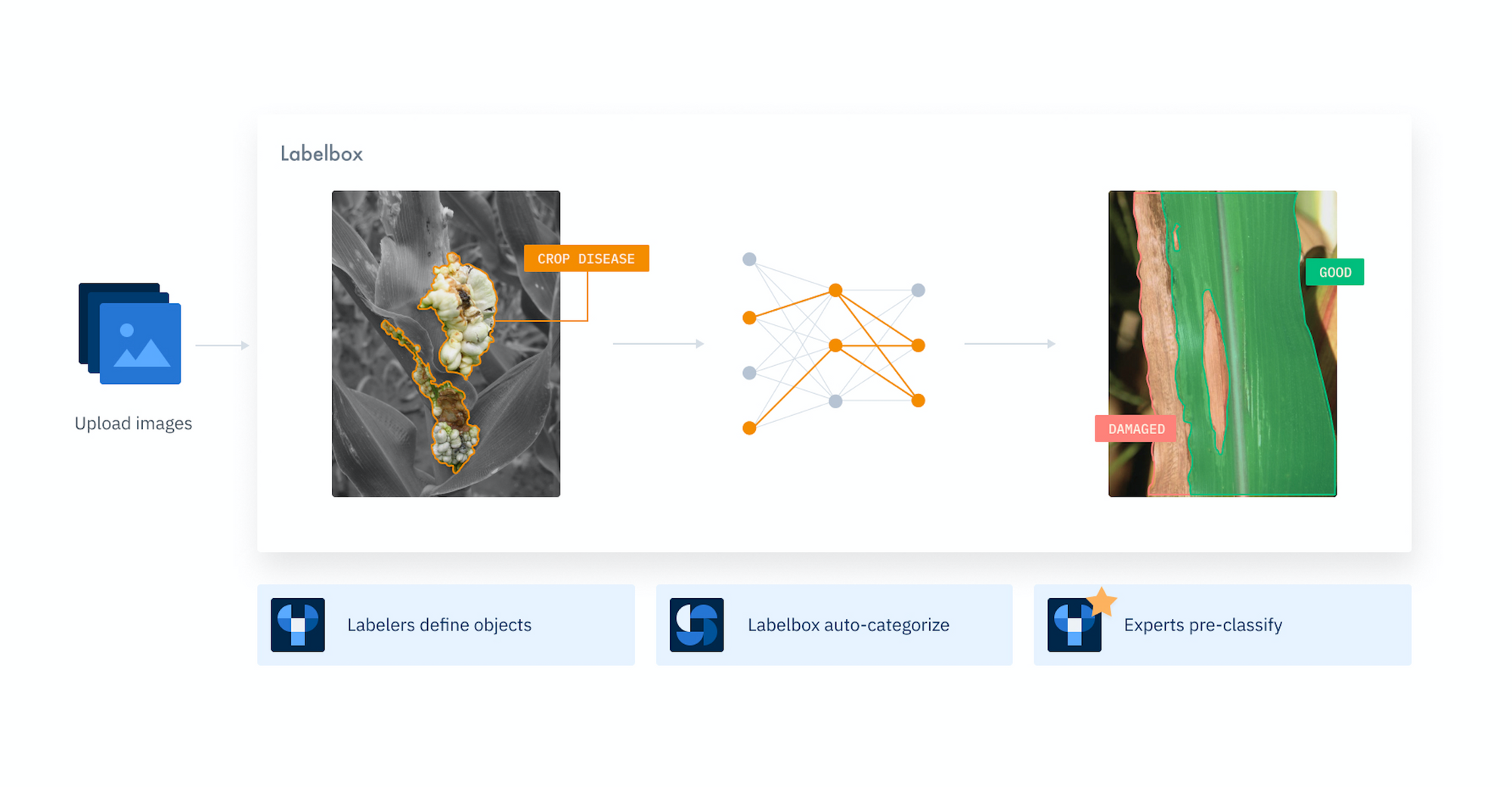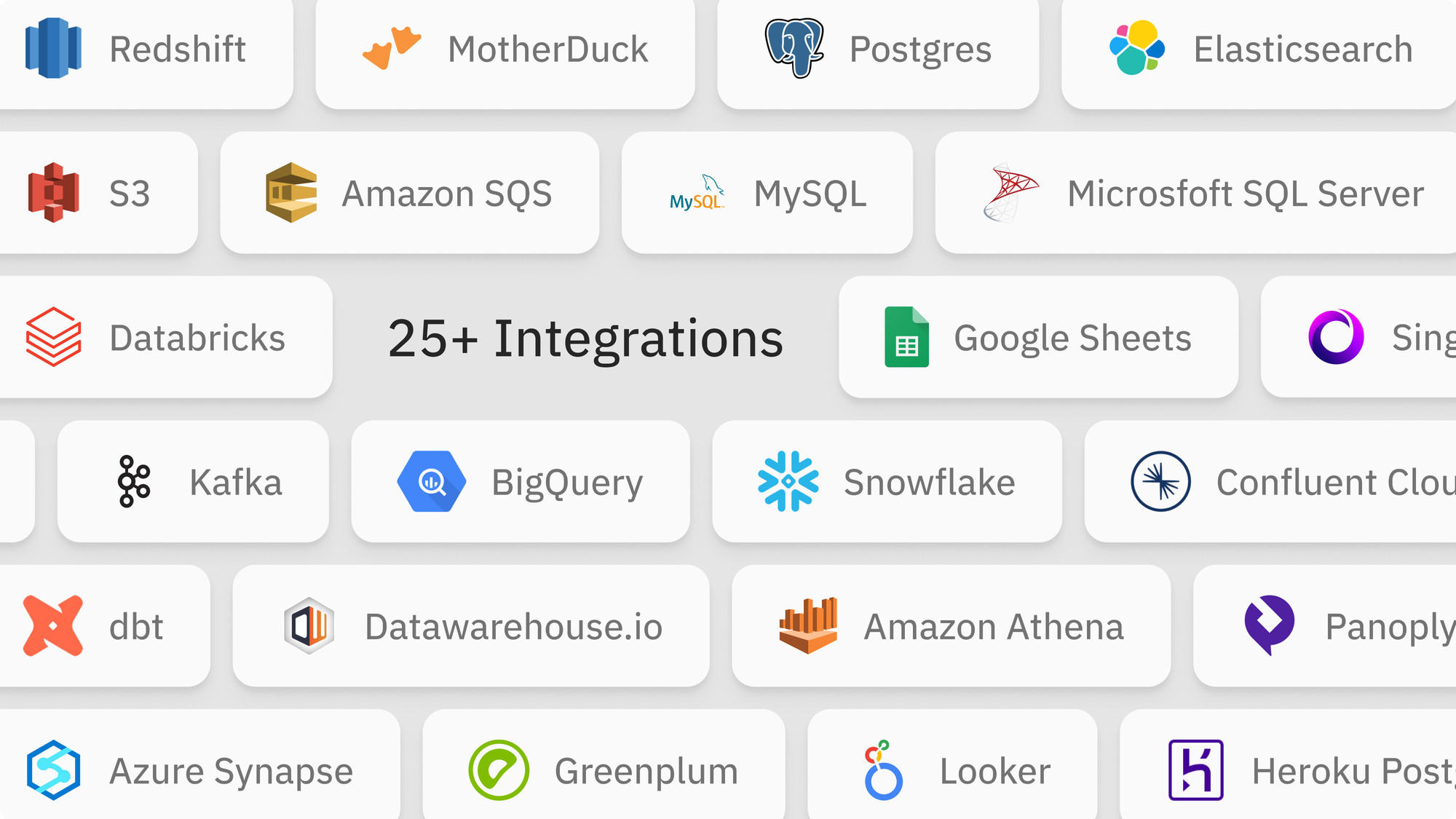Labelbox•October 22, 2020
Using Labelbox to optimize crop production

Overview
Food production will have to nearly double as the global population reaches 10 billion by mid-century, even as land under cultivation shrinks. How can the world feed all those people sustainably?
One answer to this is improved efficiencies through digital farming.
Founded in 2015, xarvio (part of BASF Digital Farming GmbH) is at the forefront of the digital transformation of agriculture and optimizing crop production. The company’s digital products are being used by farmers in more than 100 countries to deliver field zone-specific agronomic advice, enabling farmers to produce their crops efficiently, effectively and sustainably.

With more than 3.2 million users and growing daily, xarvio’s free SCOUTING app supports farmers, especially in emerging markets, to automatically identify and analyze in-field stresses just by taking photos with a smartphone. SCOUTING identifies weeds, classifies and counts insects in traps, recognizes diseases, analyzes leaf damage and measures nitrogen emergence levels. Additionally, farmers can see the history of their scouting trips and have access to a community-based scouting ‘radar,’ to get an overview of crop stress in the surrounding area.

The radar function allows farmers to see what diseases or insects are spreading locally and receive alerts, as the situation changes. Farmers can also upload photos of insects and diseases appearing in the field and compare it to what’s happening in the vicinity. Network effects make the software more valuable as more people use it; the more data funneled into the radar, the more accurate it becomes and the more accurate the algorithms become.
Computer-vision systems like these require millions of labeled images to teach machine-learning algorithms what to look for. After being taught what a weed or fungus looks like, the algorithms become experts at recognizing those things in images they have never seen before.
Empowering labelers and agricultural experts to collaborate
xarvio relies on mountains of annotated or labeled data. Their scouting app has thousands of different weed identification possibilities. To manage the labeling process, xarvio uses Labelbox's training data platform to handle the full data annotation process.
As a central part of xarvio’s machine learning pipeline, images are uploaded to the Labelbox platform and labelers first define an object in an image by drawing a box or outline around it or highlighting the portion of a plant that's damaged. The Labelbox system does an automatic categorization, based on what it has learned from past images in the dataset. Then labelers with a strong agriculture background pre-classify the image, choosing an identification, or annotating which part of a leaf is good, for example, and which part is bad.
Experts use Labelbox to conduct quality control by doing a final check of the labels before the image is moved into the training data set to further train the model. xarvio has experts across different continents because image identification requires local knowledge.

Accelerating training data iteration cycles
“Field management practices and problems impacting the field vary significantly per country, field, climatic zone and field zone. Regional experts are vital to achieving high quality in annotated data” said Marek Schikora, global product owner for xarvio SCOUTING.
The labeling process is an iterative cycle because new training data continues to increase the accuracy of the algorithms and allows xarvio to add new features to its applications. Labelbox allows labelers to annotate quickly and at scale.
“With xarvio SCOUTING we have and continue to make huge strides forward,” said Mr. Schikora. “Labelbox enables these great improvements.”

 All blog posts
All blog posts

